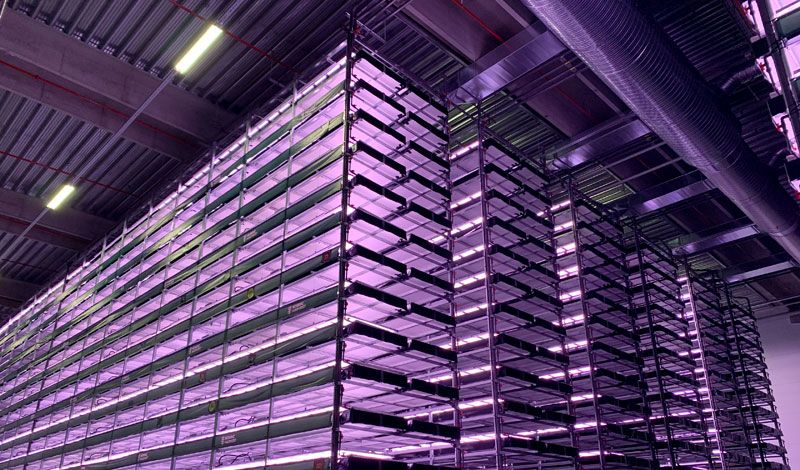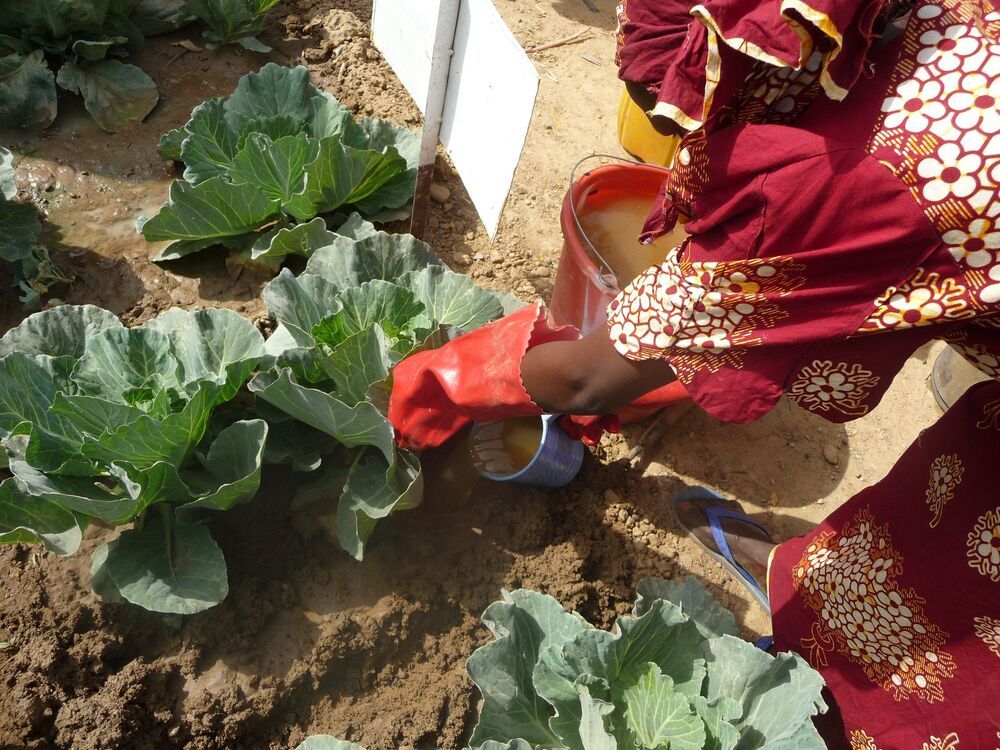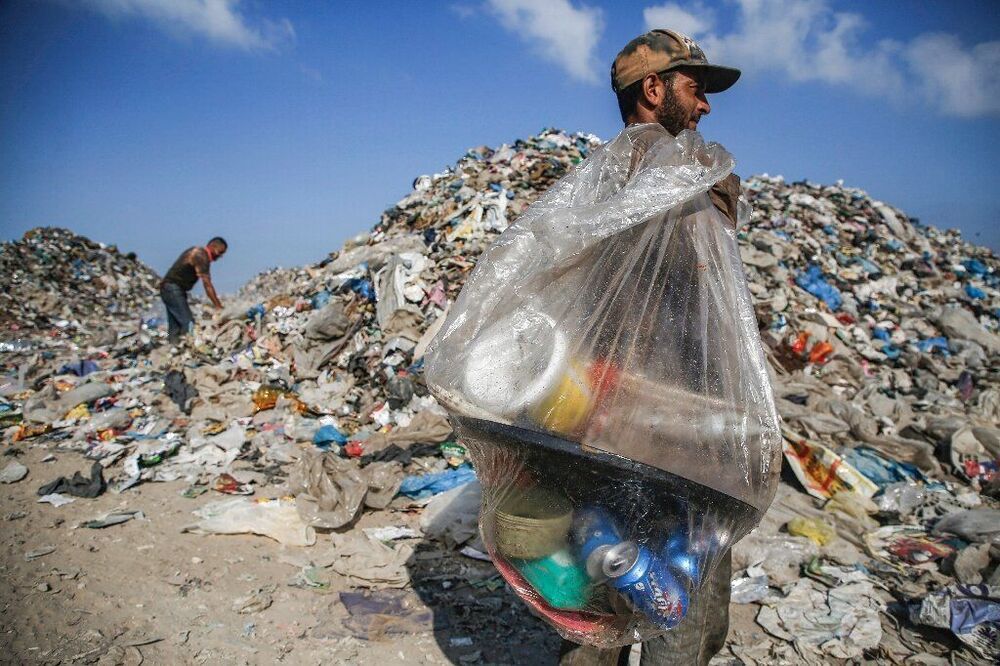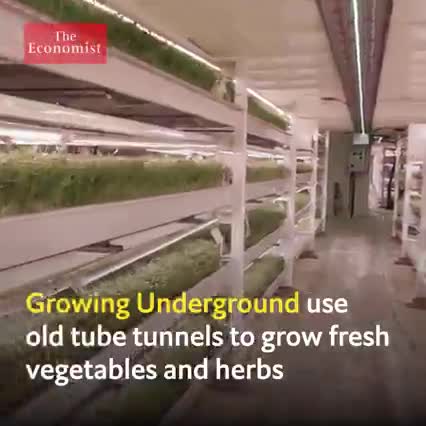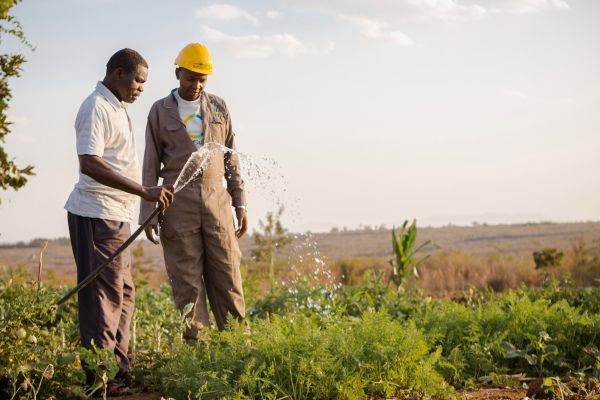The world’s food supply must double by the year 2050 to meet the demands of a growing population, according to a report from the United Nations. And as pressure mounts to find new crop land to support the growth, the world’s eyes are increasingly turning to the African continent as the next potential global bread basket.
While Africa has 65% of the world’s remaining uncultivated arable land, according to the African Development Bank, the countries on the continent face significant obstacles as they look to boost the productivity of their agricultural industries.
On the continent, 80% of families depend on agriculture for their livelihoods, but only 4% use irrigation. Many families also lack access to reliable and affordable electricity. It’s these twin problems that Samir Ibrahim and his co-founder at SunCulture, Charlie Nichols, have spent the last eight years trying to solve.
